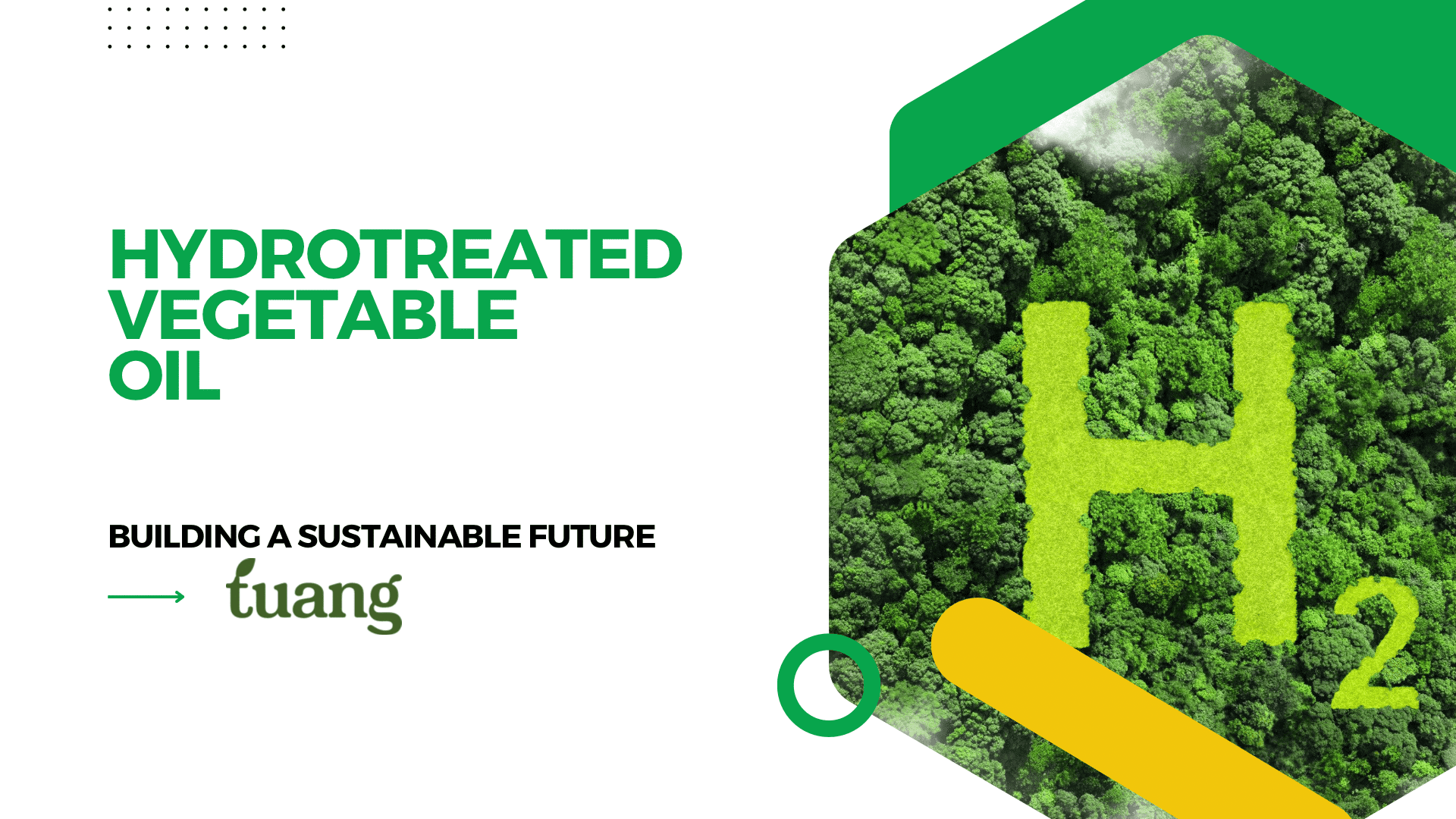History, Applications, Challenges, and Opportunities in Southeast Asia
Introduction
As the world moves toward more sustainable energy sources, biofuels have become a key area of focus. Among the various methods of producing biofuels, hydrotreating vegetable oil has emerged as a promising technology. This process not only produces high-quality renewable diesel but also offers significant environmental benefits. In this blog, we will explore the history, applications, challenges, and opportunities of hydrotreating vegetable oil, with a particular focus on its potential in Southeast Asia.
The History of Hydrotreating Vegetable Oil
Hydrotreating, originally developed for refining fossil fuels, has been adapted to treat vegetable oils and animal fats to produce renewable diesel. The process was first explored in the early 2000s as a response to the increasing demand for cleaner fuels and the need to reduce greenhouse gas emissions. Unlike traditional biodiesel production, which relies on transesterification, hydrotreating involves reacting the feedstock with hydrogen at high temperatures and pressures to produce a hydrocarbon product nearly identical to conventional diesel.
This technology gained traction in Europe and North America, where government mandates and incentives for renewable fuels drove significant investment in research and development. Over the past decade, hydrotreating has evolved from a niche technology to a mainstream method for producing renewable diesel, with large-scale facilities now operating in several countries.
Applications of Hydrotreating Vegetable Oil
The primary application of hydrotreating vegetable oil is the production of renewable diesel, also known as hydrotreated vegetable oil (HVO). Unlike biodiesel, which has a different chemical structure and can cause issues in older engines, HVO is chemically identical to fossil diesel and can be used in any diesel engine without modification. This makes it an attractive option for reducing the carbon footprint of transportation, especially in sectors like trucking, aviation, and shipping, where electrification is challenging.
In addition to renewable diesel, hydrotreating can also produce renewable jet fuel, renewable naphtha (used in petrochemical production), and renewable propane. These products offer a renewable alternative to fossil-based fuels and chemicals, further expanding the potential applications of this technology.
Challenges of Hydrotreating Vegetable Oil
Despite its advantages, hydrotreating vegetable oil faces several challenges:
- Feedstock Availability: The production of HVO requires large quantities of vegetable oil or animal fats. The demand for these feedstocks can lead to competition with food production, raising concerns about food security. Additionally, the reliance on virgin vegetable oils could exacerbate deforestation and land-use change, negating some of the environmental benefits of renewable diesel.
- High Capital Costs: Hydrotreating plants are capital-intensive, requiring significant investment in high-pressure reactors and hydrogen production facilities. This can be a barrier to entry, especially in regions with less developed infrastructure.
- Hydrogen Supply: The hydrotreating process requires a substantial amount of hydrogen, which is typically produced from natural gas—a fossil fuel. This can limit the overall carbon savings of the process unless renewable hydrogen sources, such as electrolysis using renewable electricity, are utilized.
- Market Competition: HVO competes with other renewable fuels, such as biodiesel and advanced biofuels, as well as emerging technologies like electric and hydrogen fuel cells. The relative costs, availability, and policy support for these different technologies will influence the growth of the HVO market.
Opportunities for Hydrotreating Vegetable Oil in Southeast Asia
Southeast Asia presents unique opportunities for the adoption of hydrotreating technology:
- Abundant Feedstock: The region is a major producer of palm oil, coconut oil, and other vegetable oils, providing a readily available feedstock for hydrotreating. Additionally, the growing focus on waste-to-energy solutions opens the door for using waste oils and fats, such as used cooking oil (UCO), as feedstocks.
- Environmental and Economic Benefits: The adoption of HVO can help Southeast Asian countries reduce their dependence on imported fossil fuels, enhance energy security, and contribute to their climate goals. It also presents an economic opportunity for rural communities, who can supply feedstock and participate in the biofuel value chain.
- Government Support: Several Southeast Asian countries have implemented or are considering policies to promote renewable energy, including biofuels. For instance, Indonesia and Malaysia have introduced mandates for blending biodiesel with fossil diesel. Expanding these mandates to include HVO could further stimulate investment in hydrotreating technology.
- Regional Integration: Southeast Asia’s diverse energy landscape and growing intra-regional trade provide opportunities for regional cooperation in the biofuel sector. Countries with surplus feedstocks can export them to neighboring countries with hydrotreating facilities, creating a more integrated and resilient renewable energy market.
Conclusion
Hydrotreating vegetable oil is a promising technology that can play a crucial role in the transition to cleaner energy. While there are challenges to its widespread adoption, particularly in terms of feedstock availability and capital costs, the opportunities in Southeast Asia are significant. By leveraging its abundant feedstocks, supporting policy frameworks, and fostering regional cooperation, Southeast Asia can become a leader in renewable diesel production, contributing to global efforts to combat climate change while driving economic growth in the region.
Contact Tuang Bio Energi
Website: https://www.tuang.co.id
Phone: 021-30620136
Email: [email protected]
Join us on the journey towards a sustainable future. Stay tuned for more insights on how you can be a part of Indonesia’s biofuel revolution!

